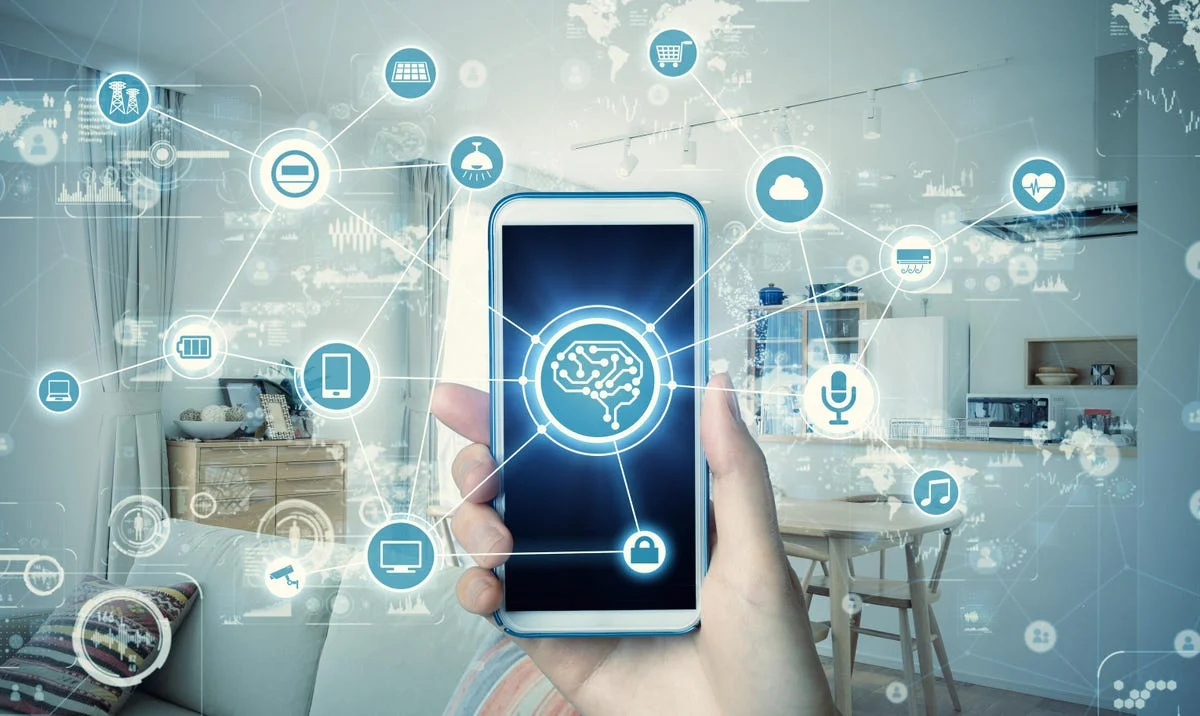Remote patient monitoring or RPM devices are a type of healthcare technology that allows healthcare providers to remotely monitor patients’ health status and wellbeing. These devices collect and transmit data about patients’ health and well-being from their homes to their healthcare providers.
RPM systems can come in different forms, such as wearable devices, mobile apps, and connected medical equipment. They can track various health metrics such as blood pressure, heart rate, glucose levels, oxygen saturation, and more.
The data collected by RPM devices is transmitted to healthcare providers who can then analyze it to make informed decisions about a patient’s treatment plan. RPM devices can be particularly useful for patients with chronic illnesses who require regular monitoring of their health status.
Using RPM devices, healthcare providers can monitor patients remotely, reducing the need for frequent in-person visits. This can save time and money for both the patient and the healthcare provider. It can also help to identify potential health issues early on, allowing for prompt intervention and treatment.
The future of clinical trials with RPM
The use of RPM technology in clinical trials has gained significant traction in recent years in the following ways:
- Real-time data
RPM allows for the collection of continuous and real-time patient data, providing a more comprehensive understanding of a patient’s health status and treatment outcomes. As technology continues to advance, the future of clinical trials in the RPM space is poised for further growth and innovation.
- Patient behavior assessment
One of the most significant trends in the future of RPM in clinical trials is the use of wearables and connected devices. These devices can collect a wide range of data, including vital signs, activity levels, and medication adherence, providing valuable insights into a patient’s health status. Additionally, wearables can be used to monitor patients’ behavior and engagement with clinical trials, improving overall trial compliance and retention.
- Data analytics for research
Another critical aspect of the future of RPM in clinical trials is the integration of artificial intelligence and machine learning algorithms. These technologies can analyze large datasets collected through RPM and provide actionable insights for clinicians and researchers.
AI and ML can also be used to identify patient subgroups, predict treatment outcomes, and identify adverse events, ultimately improving the effectiveness and efficiency of clinical trials.
- Focussed patient-centric avenues
Finally, the future of RPM in clinical trials will also see an increased focus on patient-centered approaches. RPM allows for more frequent and personalized communication between patients and healthcare providers, improving patient engagement and satisfaction. Additionally, the use of RPM can reduce the burden on patients, allowing them to participate in clinical trials from the comfort of their own homes.
Technology framework in RPM systems
RPM technology typically includes a combination of hardware, software, and communication technologies. Here are some of the key technologies behind RPM:
Sensors
RPM devices typically include a variety of sensors to collect data on a patient’s health status, including blood pressure, heart rate, oxygen saturation, and temperature. These sensors may be wearable or non-wearable, and they may communicate with other devices wirelessly or through wired connections.
Wireless Connectivity
RPM devices typically use wireless technologies such as Bluetooth, Wi-Fi, or cellular data to communicate with other devices and transmit data to healthcare providers. This allows healthcare providers to receive real-time data from patients, monitor their health status, and intervene if necessary.
Cloud Computing
RPM data is typically stored in the cloud, which allows healthcare providers to access the data from anywhere with an internet connection. This data can be analyzed to identify trends or anomalies in patients’ health status, which can help healthcare providers make more informed decisions about patient care.
Artificial Intelligence
Some RPM devices use AI algorithms to analyze patient data and identify patterns or anomalies that may indicate a health problem. This can help healthcare providers intervene more quickly and effectively to prevent or treat health issues.
Mobile Apps
Many RPM devices include mobile apps that allow patients to monitor their health status and communicate with healthcare providers. These apps may include features such as medication reminders, symptom tracking, and communication tools for contacting healthcare providers.
Conclusion:
Remote monitoring helps elevate the telehealth services of a healthcare facility and achieve the goal to offer safe patient care consistently.
